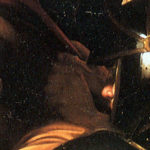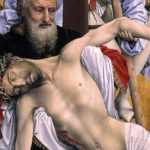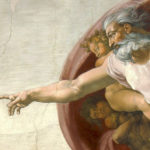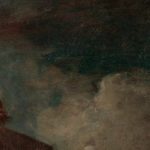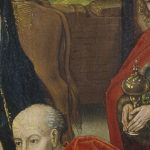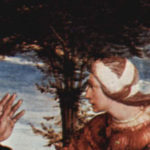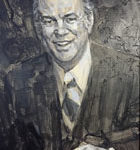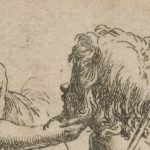
My father, a product of the emergence of modern American life in the early twentieth century, died in 1929, of tuberculosis at 36 years of age. He was not educated beyond some high school, was something of a dandy of the age, leaving six children to the care of others as his only legacy. He remains a distant shadow in my life. The last five years of his life he lived away from my mother and the three infants she bore him. It proved beneficial in that we did not contract his disease, the #1 killer at the time. There were hospices (sanatoriums) at the time that took in only tubercular patients. About two years after his death, I inherited… Read more

